Black architects are often overlooked in the context of African-American History. That’s why MODLUST believes in celebrating these incredible designers who have played a crucial role in shaping American culture, aesthetics, intellect, and commerce.
We don’t want to limit our recognition to just Black History Month; we salute all those who have contributed to the transformation of American skylines into what they are today!
Black Architects That Made African American History
These pioneering, accomplished Black architects, both men and women, have left their mark on Duke University’s campus, Tuskegee Institute, and designed mid-century Hollywood homes for film stars.
Their groundbreaking work garnered attention from American institutions, aiding minority architects in pursuing their dreams. As pioneers in their field, we pay tribute to their significant accomplishments.
First African-American Architect Robert Robinson Taylor (1868–1942)
Robert Robinson Taylor is one of the first accredited Black architects in the United States. His designs and educational contributions to the profession are of enormous significance.
He was the first Black student to enroll in architectural engineering at the Massachusetts Institute of Technology. After Robert Robinson Taylor graduated, he started working at the Tuskegee Institute in Alabama, founded by Booker T. Washington.
Taylor helped to plan and construct the new buildings of the campus to develop the architectural and engineering programs. He left Tuskegee Institute for a while but returned in 1902 until he retired in 1930. Throughout Robert Robinson Taylor’s career, he designed 25 buildings on the campus.
He also designed a home for Booker T. and his family and other buildings at Selma University and the Colored Masonic Temple in Birmingham, AL. The U.S. Postal Service honored Robert Robinson Taylor in 2015 with a stamp commemorating his legacy.
Valerie Jarrett, his great-granddaughter, served as President Obama’s senior advisor.
Wallace Augustus Rayfield (1874–1941)
A second formally trained practicing African American born in Macon, Georgia, is Wallace Augustus Rayfield. After he graduated in 1899 from Columbia University, he was recruited by Booker T. Washington to work at Alabama’s Tuskegee Institute, now known as Tuskegee University.
He taught at the American Institute of Architects and also opened his practice, where he sold mail-order plans. Rayfield moved to Birmingham, Alabama, in 1908 as a licensed African American Architect to focus on his private practice. He designed the 16th Street Baptist Church.
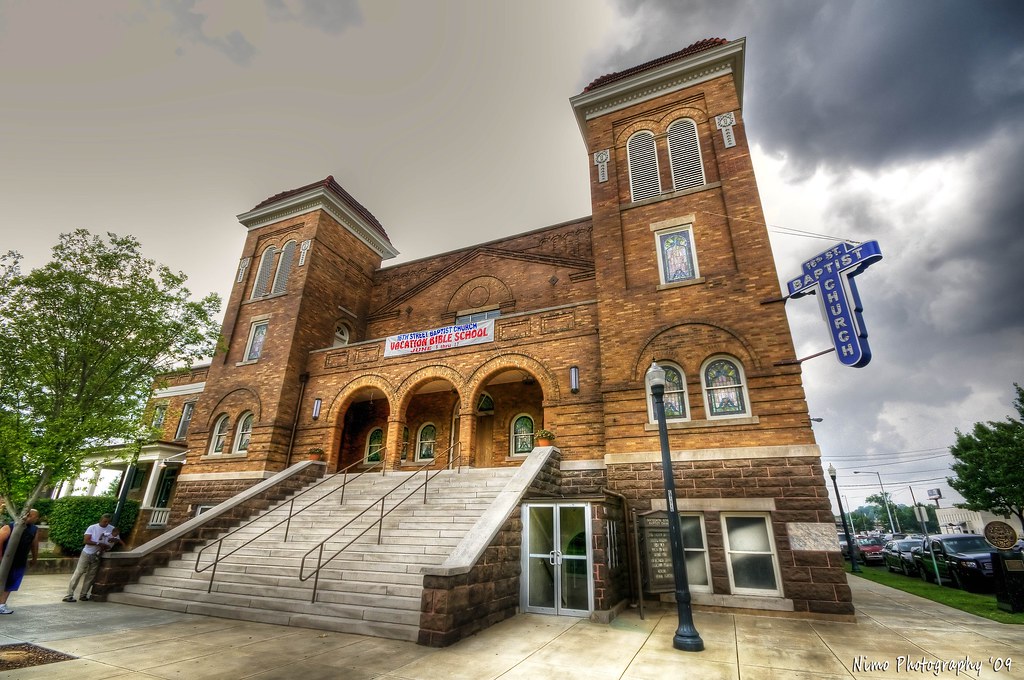
William Sidney Pittman (1875–1958)
William Sidney Pittman was born to a formerly enslaved father in Montgomery, Alabama. He studied architectural drawing at the same institute as Taylor at Tuskegee. Then a scholarship sent him to Philadelphia to the all-white Drexel Institute, where he completed his degree.
He returned to Tuskegee to teach others and design buildings for the campus expansion. He moved to Washington, D.C., where he started his own practice and designed many prominent buildings. He married Booker T. Washington’s daughter Portia Washington.
One prominent building he designed was the Fairmount Heights housing project for Black people in Maryland. He also designed the Negro Building found at Tercentennial Exposition, Jamestown, Virginia, in 1907. Lastly, he designed the Colored Carnegie Library of Houston.
McKissack & McKissack
The first black-owned architecture firm was McKissack & McKissack, founded in 1905 by Moses McKissack III and his brother Calvin Lunsford McKissack in Nashville, Tennessee. It is also the oldest Black-owned architecture and engineering firm in the country.
Building and design were in the McKissack brothers’ blood as their grandfather Moses McKissack landed in America in 1790 and was enslaved to a prominent contractor who used him to build. He passed the trade down to his son, who then trained his sons.
The two brothers became the first African-American licensed architects in the Southeastern United States. They designed many churches, homes, and other buildings, including the Morris Memorial Building in Nashville.
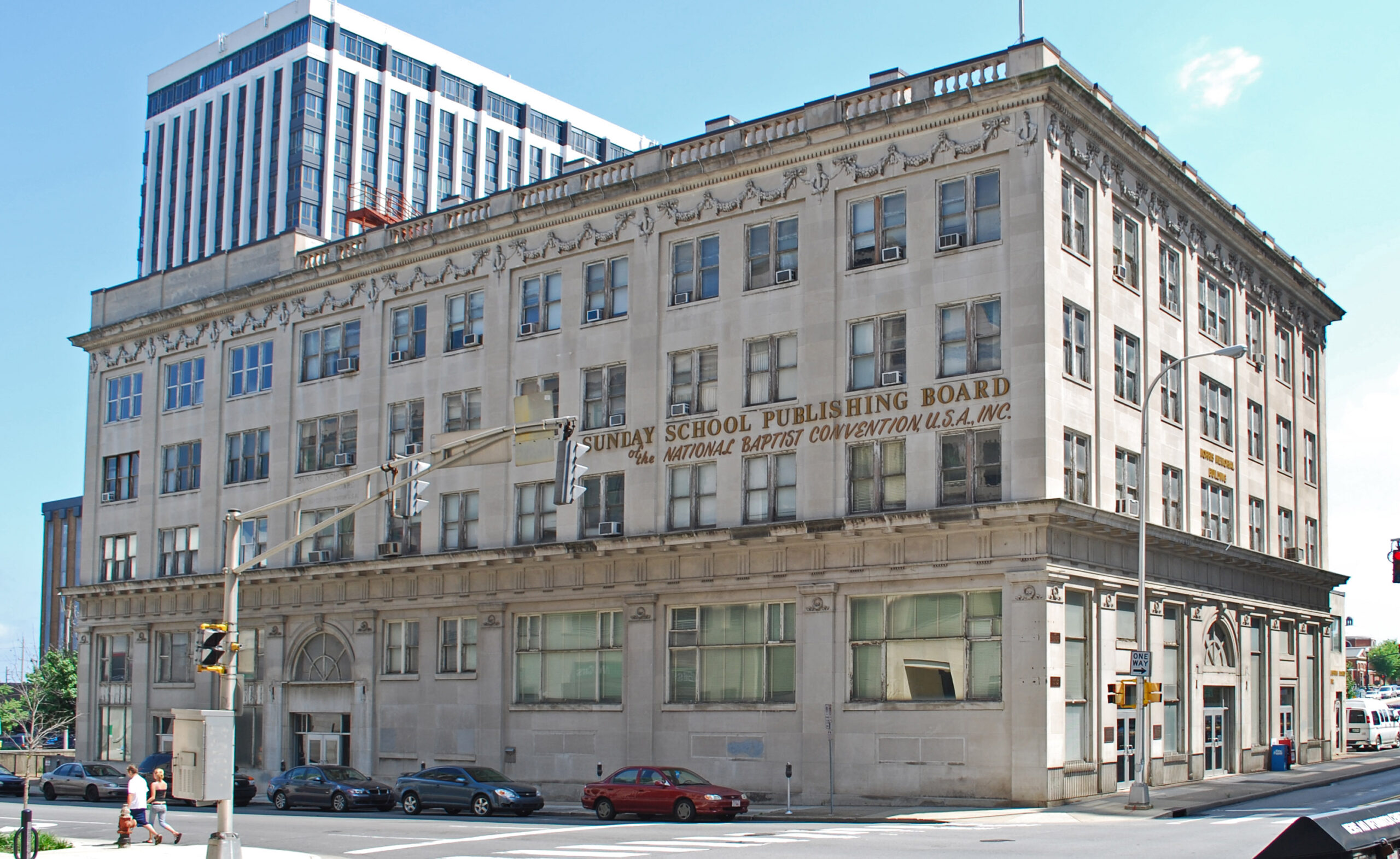
They also designed the 99th Pursuit Squadron Airbase found in Tuskegee, Alabama, which is one of the largest federal contracts at the time given to a Black-owned architectural firm
In 1990 Moses McKissack III’s granddaughter Deryl McKissack opened her own practice with the same name in Washington, D.C. You can now find offices in:
-
Austin
-
Houston
-
Chicago
-
Washington
-
Baltimore
-
Los Angeles
-
Dallas
Some contributed to projects like the MLK Memorial and the National Museum of African American History and Culture on the National Mall.
Julien Abele (1881–1950)
Julien Abele completed his two-year architectural course at the Pennsylvania Museum School of Industrial Art. He was the very first Black student to attend the University of Pennsylvania and finished in 1902.
He then traveled to Europe, and it influenced his work a lot. He worked for Horace Trumbauer, a Philadelphia architect. Abele became the chief designer in three years at the firm and contributed to designing academic and cultural institutions on the East Coast.
These include the Philadephia Museum of Art and Harvard’s Widener Memorial Library. His greatest work was at Duke University, the west campus, and the chapel to the Allen Administration Building and Duke Indoor Stadium, renamed the Cameron Indoor Stadium.
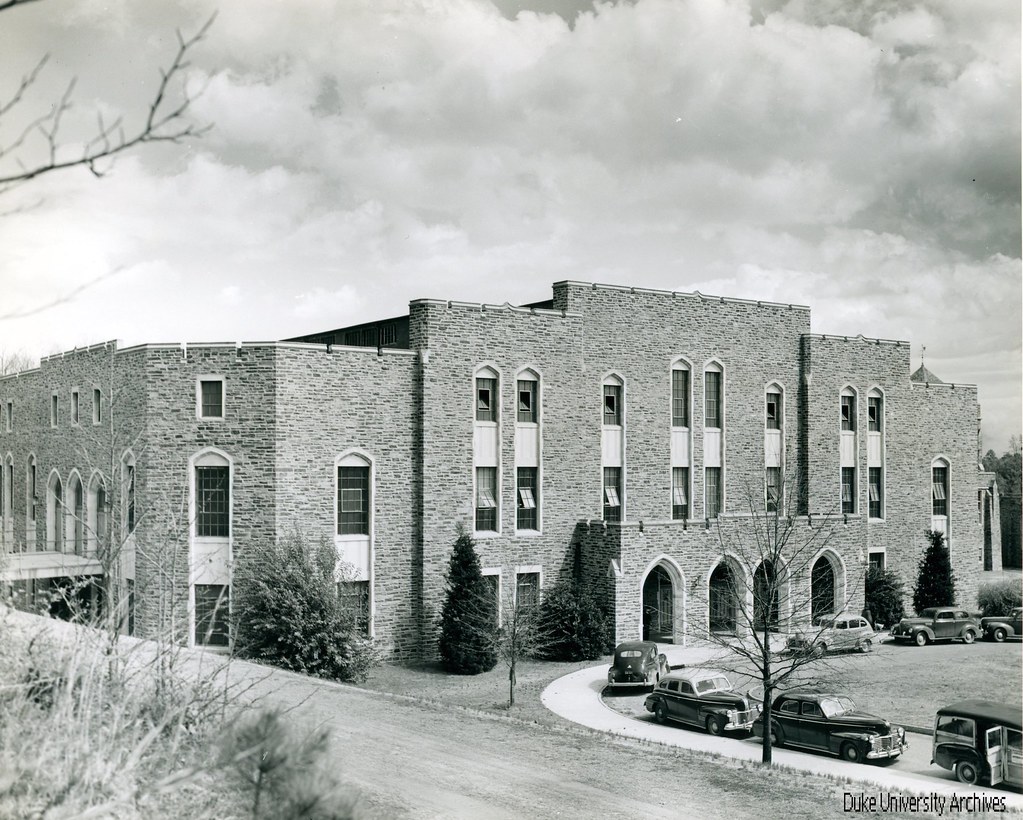
The main quad of Duke University was renamed Abele Quad.
Clarence W. Wigington (1883–1967)
Wiginton is the inaugural Black municipal architect, who played a pivotal role as a senior designer in St. Paul, Minnesota, during a period of substantial growth. His enduring architectural legacy includes prominent structures such as the St. Paul Police Station and the Highland Park Golf Clubhouse, which still grace the city’s landscape today.
Vertner Woodson Tandy (1885–1949)
As with the majority of African American graduates in architectural drawing, Tandy also studied at Tuskegee to complete his degree at Cornell University. It made him become the first Black architect licensed in New York. He designed some well-known buildings, Villa Lewaro and Madam C.J. Walker in Irvington-on-Hudson home.
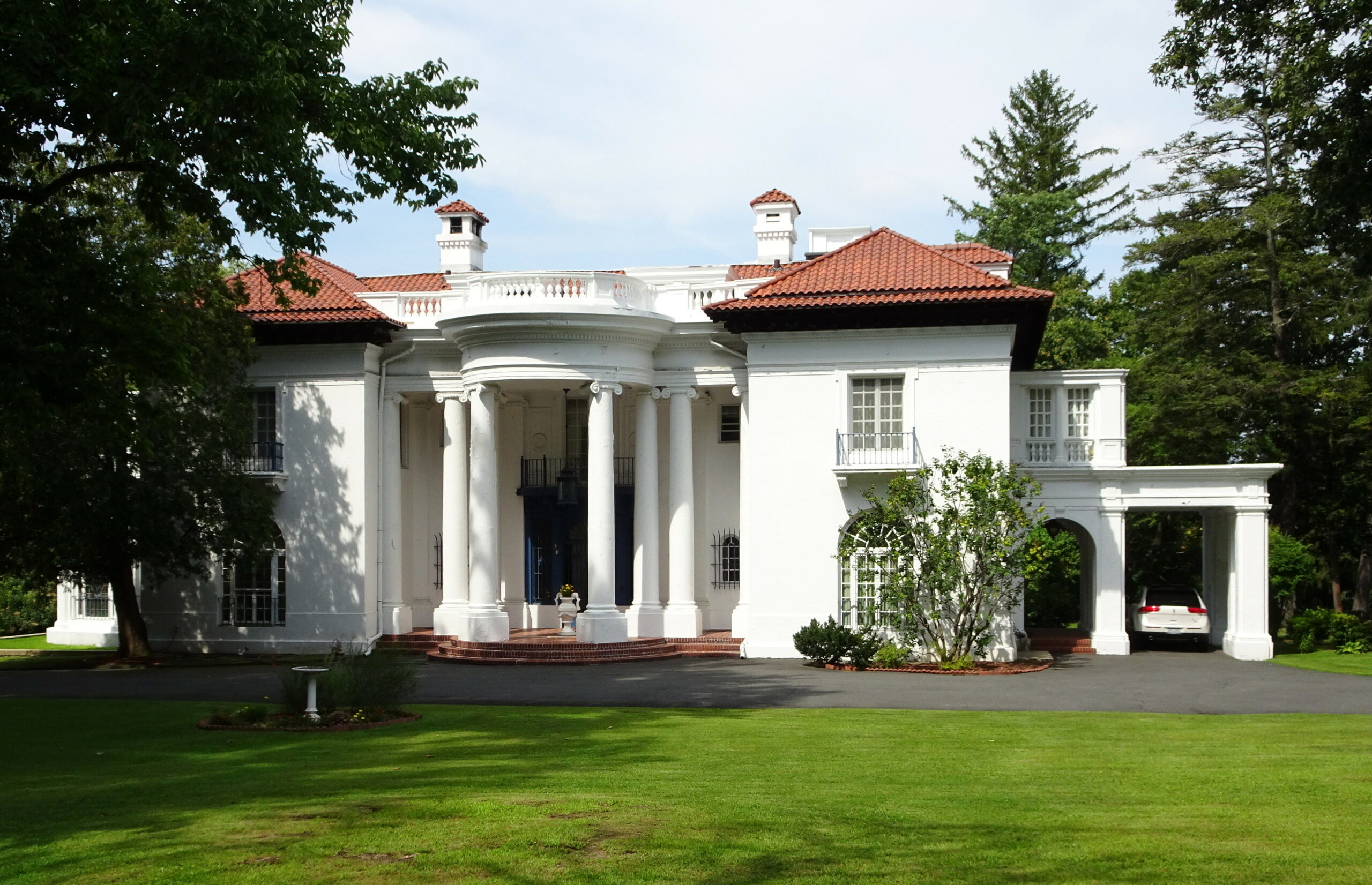
Walker became a self-made millionaire making his fortune from cosmetic and hair care products he developed for Black women. His firm, Tandy & Foster, designed the Ivey Delph & Harlem’s St. Philip’s Episcopal Church.
Paul Revere Williams (1894–1980)
Due to his race, Paul Revere Williams did not get discouraged from studying architecture at Los Angeles Polytechnic High School. By 1921 Paul R. Williams was a licensed architect in California, and in 1923 he was the first Black member of the American Institute of Architects.
As a Black graduate, he left an indelible mark in Los Angeles in the booming building environment during the 20th century. He was known as the Hollywood architect who designed homes for Frank Sinatra, Cary Grant, and Lucille Ball.
He designed civic to commercial buildings in the city, including the Beverly Hills Hotel Crescent Wing. He also designed the Golden State Life Insurance Building, and the St. Jude Children’s Research Hospital found in Memphis.
Williams was rewarded with the AIA Gold Medal in 2017, which makes him the first Black American to receive one.
Albert Irvin Cassell (1895–1969)
Cassell shaped the American Institute communities at Howard University, where he worked in the architecture department, teaching as a professor. He was also a land manager, architect, and surveyor. One of Cassell’s most important works was at Howard designed the Georgian-style Founders Library built in 1937 as it became the university’s symbol.
Furthermore, he also designed buildings for Virginia Union University and Morgan State College, now known as Morgan State University. He founded the Cassell, Gray & Stutton and worked for the Roman Catholic Church of Washington. He also worked for the government in the District of Columbia.
His most notable projects are the Reagan International Airport and the Pentagon.
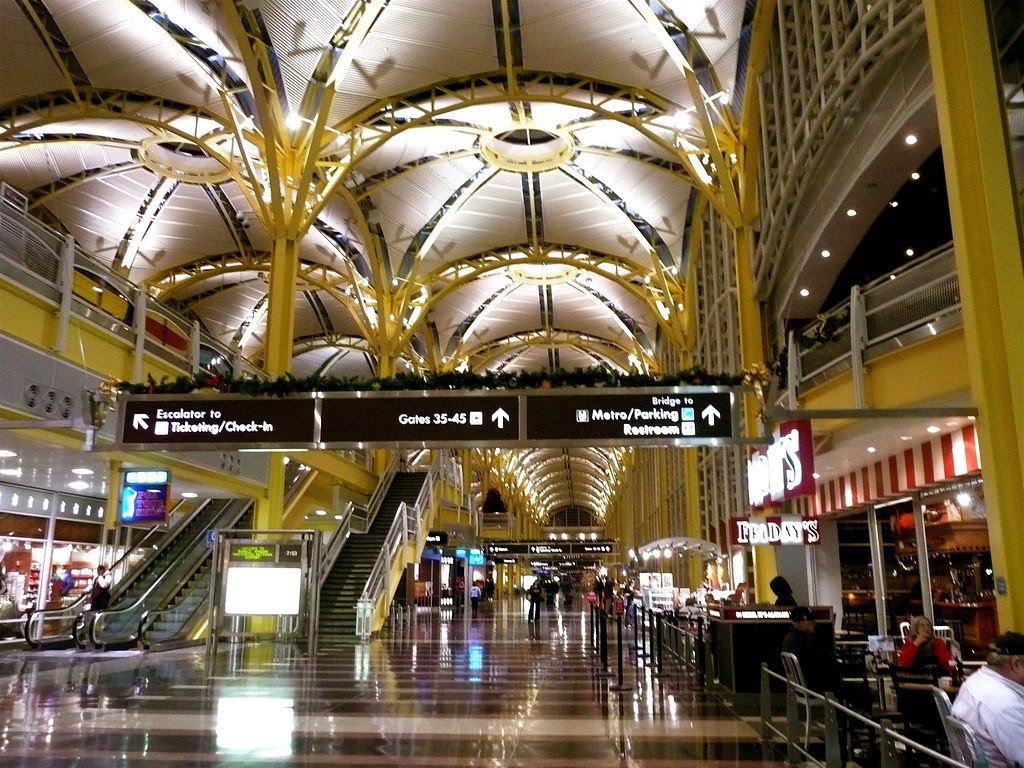
Hilyard Robinson (1899–1986)
Hilyard Robinson was a Black graduate in architecture at Columbia University in 1924. He returned to Washington, D.C., his hometown. He worked there at several architecture firms, and he also taught at Howard University.
Robinson traveled to Europe a few times, and his work reflects the Bauhaus style. Furthermore, this Black architect left his mark with the Langston Terrace Dwellings, Washington’s first federally funded housing complex in the District of Columbia.
Beverly Loraine Greene (1915–1957)
The first Black female architect licensed was Beverly Loraine Greene. She became a licensed Black female architect in Illinois in 1942. She graduated from the University of Illinois at Urbana-Champaign and was the first African-American woman to earn her degree in architecture.
She earned her master’s in City Planning and Housing.
She worked at Chicago Housing Department moved to New York City, and got her Master’s in architecture from Columbia University in 1945. Some of her work includes the University of Arkansas theater, Sarah Lawrence College Arts Complex, and buildings found at the University Heights Campus at New York University and the UNESCO United Nations Headquarters in Paris.
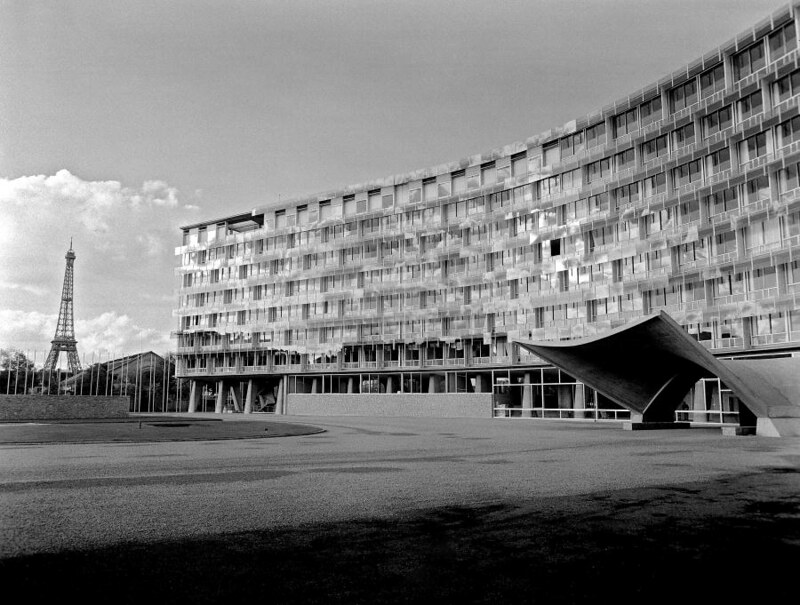
John Warren Moutoussamy (1922–1995)
The African-American registered architect John Warren Moutoussamy graduated from the Illinois Institute of Technology in 1948. He studied under Mies Van Der Rohe and became the first Black architect to design a high-rise building in Chicago.
The Johnson Publishing Company Headquarters was the home to Jet and Ebony magazines and remains the only downtown Chicago tower ever designed by Black architects. John Warren Moutoussamy designed many other buildings, including:
-
Richard J. Daley College
-
Olive-Harvey College
-
Harry S. Truman College
-
Chicago Urban League Building
He was also a partner at Dubin Black & Moutoussamy, serving a board of trustees of the Loyola University Chicago and the Art Institute of Chicago.
Wendell Jerome Campbell (1927–2008)
Another Mies Van Der Rohe student at the Illinois Institute of Technology was Wendell Jerome Campbell. The African-American architect licensed and having a Black-owned firm graduated in 1956. Still, after graduating, he did have trouble finding work.
He worked for the Purdue-Calumet Development Foundation and developed affordable housing developments for urban renewal. He started his own practice in 1966, and some of his work included:
-
Genesis Convention Center in Gary Indiana
-
Renovations to the McCormick Place Convention Center
-
As well as schools, churches, and other civic buildings throughout Chicago.
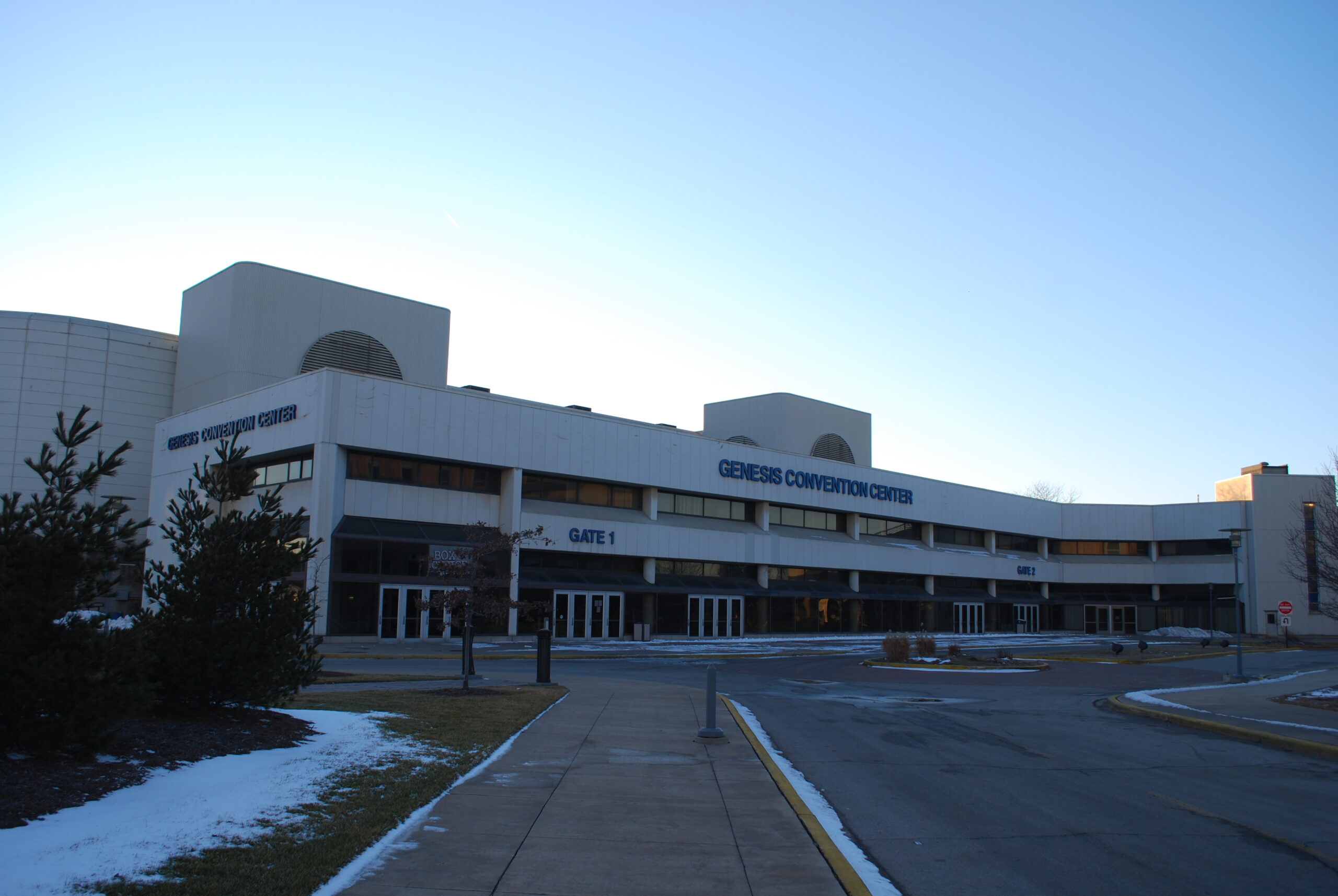
He was the founder of the National Organization of Minority Architects in 1971, and he served as the first president of the foundation.
Norma Merrick Sklarek (1926–2012)
Norma Merrick Sklarek was the first African American woman to become a licensed Black female architect in 1954 in New York City and 1962 in California. She was the first Black female member of the AIA in 1959 and the first Black female fellow in 1980.
Sklarek was educated at Columbia University and built her career caring for large commercial and civic projects. These include the
-
Los Angeles Pacific Design Center
-
California Mart
-
Mall of America
-
San Bernardino City Hall
-
Embassy of the United States in Tokyo
-
Terminal One Station at Los Angeles International Airport
She started her firm, Siegel Sklarek and Diamond, in 1985 and was one of the largest woman-owned architecture firms.
You may also check our American Female Architects article as it features our first African-American female architect Norma Merrick Sklarek.
J. Max Bond, Jr. (1935–2009)
Last on the list of Black architects who created a new path for all African American women and men alike is J. Max Bond Jr. One of his greatest legacies is designing the top civil rights and Black culture research institutes.
He graduated with a Master’s of Architecture from Harvard and started his career in France with the modernist architect Andre Wogenscky. Bond then worked in New York and Ghana before founding Bond Ryder & Associates.
The group designed the following:
-
Martin Luther King
-
Jr. Center for Nonviolent Social Change in Atlanta
-
The Birmingham Civil Rights Institute in Birmingham, Alabama
-
Harlem’s Schomburg Center for Research in Black Culture
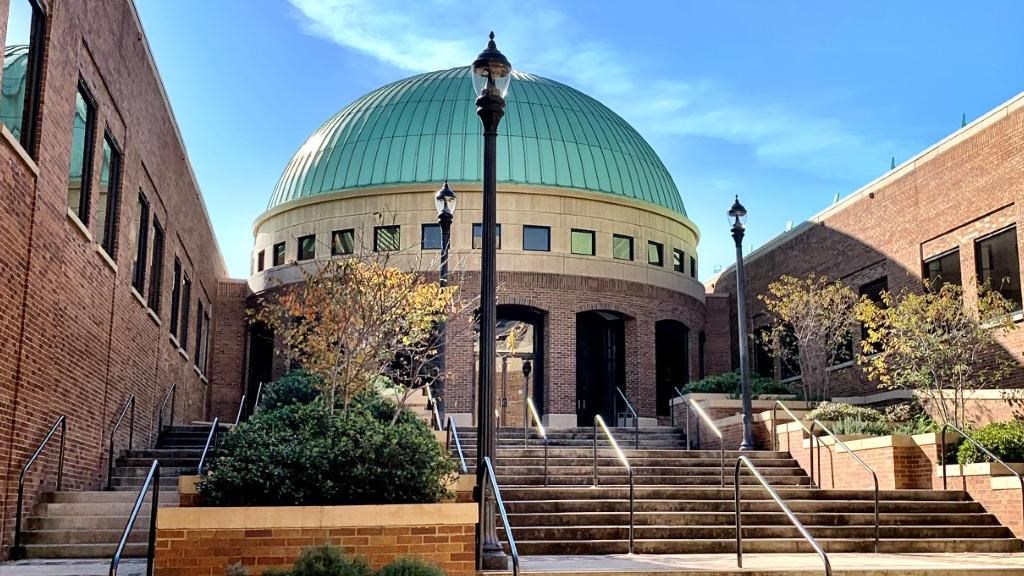
Furthermore, Bond held important educational and civic roles and was the Columbia University Graduate School of Architecture and Planning chairman from 1980 to 1984.
He was also the City College of New York School dean and a New York City Planning Commission member. His final project was designing the National September 11 Museum and Memorial section as the World Trade Center.
Final Thought
African American architects, including notable black women, have made significant contributions to the field of architecture. Their pioneering work has not only left an indelible mark on American skylines but has also inspired future generations. The American Institute of Architects recognizes and honors their groundbreaking achievements, highlighting the importance of diversity and inclusion in the profession.
These architects have shattered barriers, designing iconic buildings that stand as testaments to their talent and dedication. Their legacy serves as a reminder that talent knows no racial or gender boundaries, and their contributions continue to shape the architectural landscape, paving the way for a more inclusive and diverse industry.
Frequently Asked Questions
Robert R. Taylor was America’s first academically trained and accredited African-American architect.
Moody Nolan is one of the most prominent African-American-owned architecture firms with eleven offices in the country and headquarters in Columbus. More than 200 employees are working for them.
Paul R. Williams was the first African-American architect certified by the AIA.
During his golden age, Paul Revere Williams was the go-to architect in Beverly Hills, designing homes for people like Frank Sinatra and more.
Beverly Loraine Greene received her license in architecture in the United States in 1942, with Louise Harris Brown being the second female to get her license in 1944.
Louise Blanchard Bethune of N.Y. became the first American woman in the AIA in 1885.
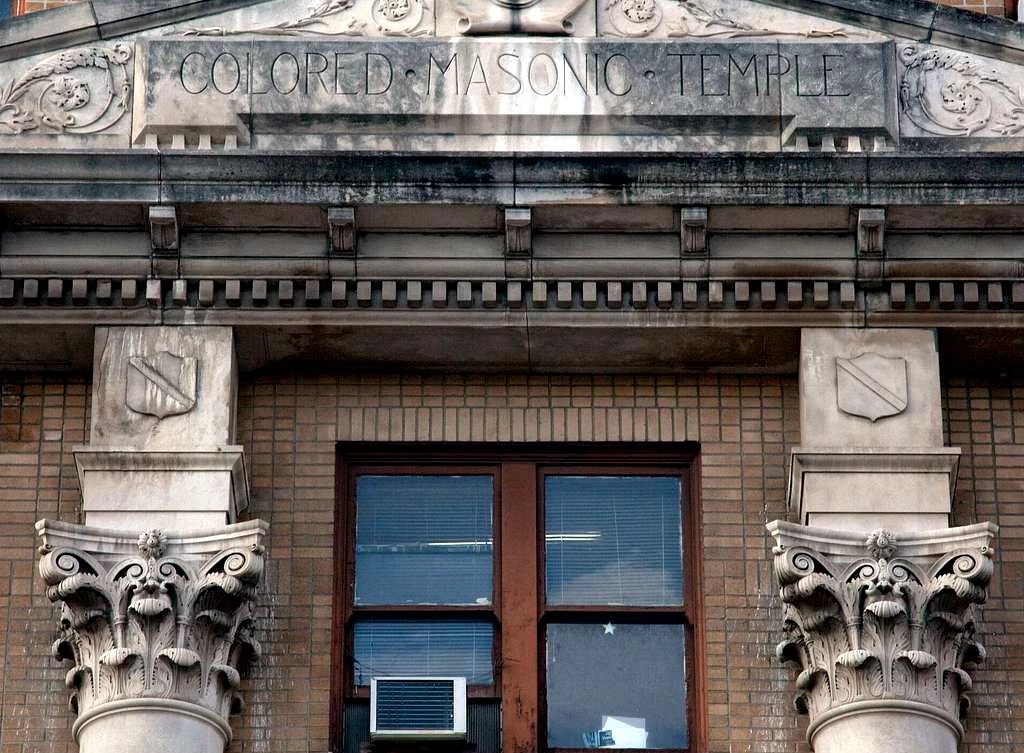
Comments